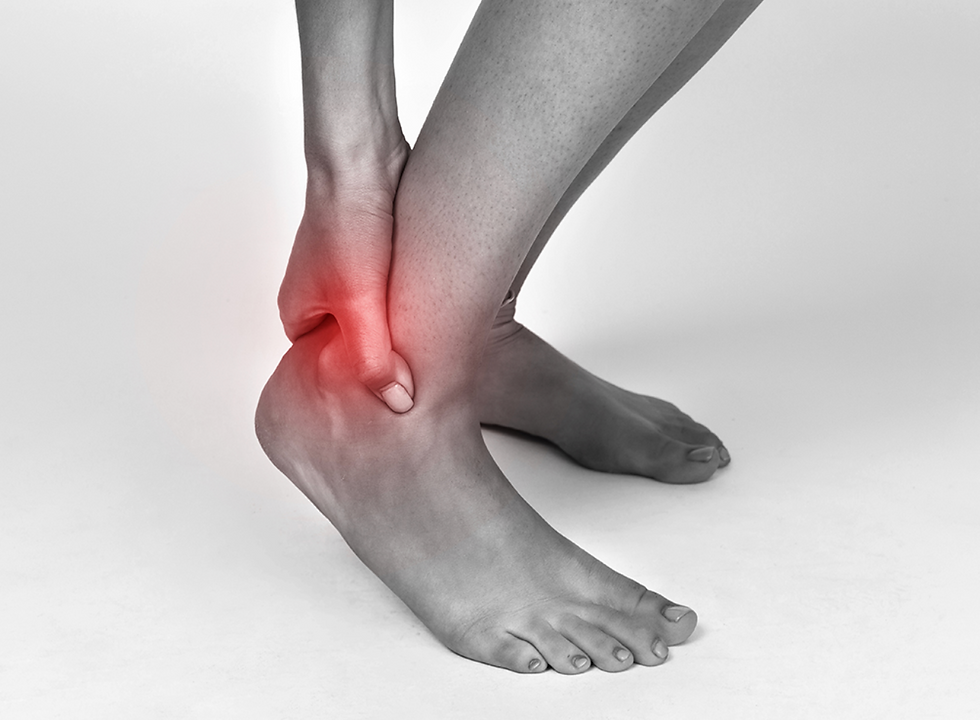Plyometric Training During Rehab
- Harry Roberts
- Sep 16, 2025
- 2 min read
What Is Plyometric Training?
Plyometric training refers to exercises that involve rapid stretch-shortening cycles (SSC) of muscles, essentially, movements where the muscle is quickly lengthened (eccentric phase) and then immediately shortened (concentric phase) to produce powerful, explosive motion. Common examples include:
Jump squats
Box jumps
Bounding
Lateral hops
Medicine ball throws
Clap push-ups
These exercises train the muscles, tendons, and nervous system to produce maximal force in minimal time, making them highly functional for sport and daily life.
The Role of Plyometrics in Rehabilitation
Plyometric training plays a crucial role in bridging the gap between traditional strength training and return to sport or high-level activity. It is typically introduced in the later stages of rehabilitation, once the individual has achieved adequate strength, control, and range of motion.
Key rehabilitation goals that plyometrics support include:
1. Restoring Explosive Strength
After injury or surgery, athletes often lose their ability to generate power quickly, an essential quality for sprinting, jumping, cutting, and throwing. Plyometric drills help re-train this aspect of performance.
2. Improving Neuromuscular Control
Plyometric exercises challenge the body’s proprioception, coordination, and reactive stability. This is particularly useful in conditions like:
ACL rehabilitation
Ankle sprains
Patellar tendinopathy
Rotator cuff injuries
3. Enhancing Tendon Resilience
The tendons, especially the Achilles and patellar tendons, adapt positively to plyometric loading when introduced progressively. It helps build tensile strength and tissue capacity, making tendons more resilient under fast, dynamic loads.
4. Reducing Risk of Re-Injury
A well-structured plyometric program can enhance motor control, joint alignment, and movement efficiency, reducing the likelihood of re-injury during return to sport.
Progression of Plyometric Exercises
Plyometrics should follow a gradual and controlled progression:
Low-level drills: double-leg pogo hops, skipping, light jump rope
Moderate drills: squat jumps, tuck jumps, depth drops
High-level drills: bounding, single-leg hops, lateral jumps, sport-specific reactive drills
Each level targets different movement patterns and tissues, and progression depends on control, pain response, and performance.
What the Evidence Says
A 2016 systematic review by Davies et al. supports the use of plyometrics for improving lower limb power and function in rehabilitation settings.
ACL rehab protocols now commonly include plyometric components to reduce re-injury risk and improve return-to-sport outcomes.
Tendinopathy research suggests that progression from isometrics to slow resistance to plyometric loading improves tendon structure and function.
When to Introduce Plyometrics in Rehab
Plyometric training should only be introduced once the foundation is in place, including:
Full or near-full pain-free range of motion
Adequate strength (usually 70 - 80% of contralateral side)
Good single-leg balance and control
Minimal swelling or inflammation
A physiotherapist will guide the decision, ensuring the timing, intensity, and type of plyometric exercises are tailored to the individual's recovery phase and sport-specific demands.
Start your rehab journey with trained professionals and a tailored Plyometric program!
Book with Urban Physiotherapy Today!



Comments